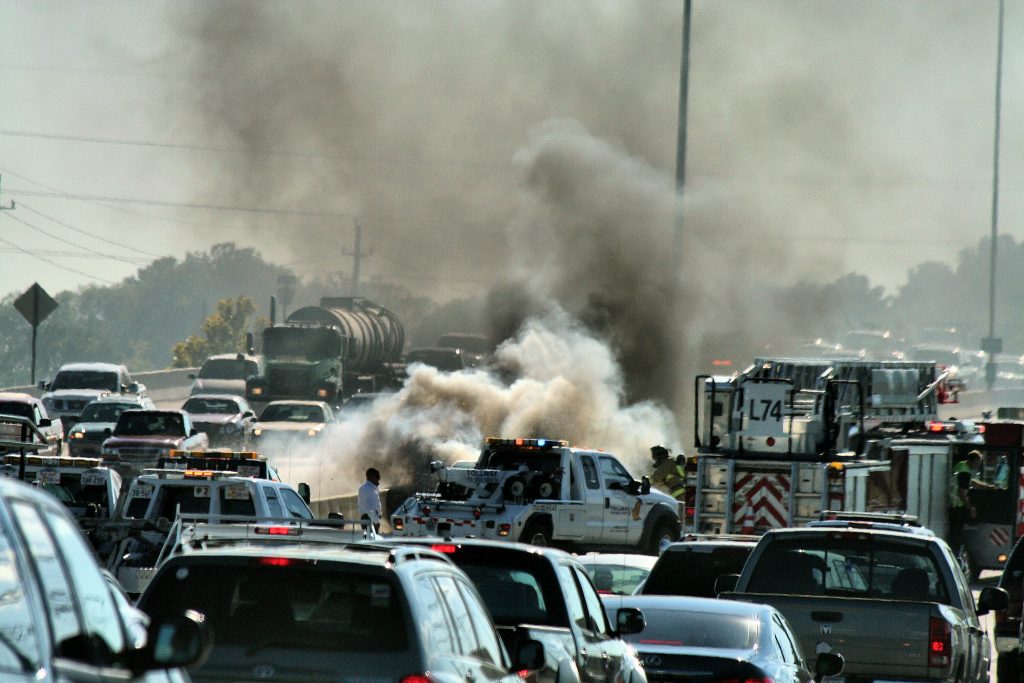
Will the TIGER grants reinforce metropolitan areas?
Rob Puentes of the Brookings Institution, writing for New Republic’s The Avenue, wrote a post this morning examining where transportation stimulus dollars have been directed. You can’t get too far reading the Brookings Metro Program without seeing a notable statistic: the 100 largest metro areas contain two-thirds of our population and produce 75 percent of GDP on just a fraction of the country’s land area. Puentes notes that the transportation element of the stimulus was not especially well targeted to metro areas to best leverage that economic power.
With most of the stimulus money flowing through state DOTs that don’t always prioritize spending in metropolitan areas, that’s probably not surprising.
But he found a different story entirely when he and his colleagues examined the $1.5 billion in TIGER grants announced earlier this week. He writes:
But what about the geographic spread? Over 80 percent of the projects and 70 percent of total TIGER funding is targeted to the 100 largest metro areas. That’s not just the super-large places like New York and Chicago, but also important metros like Louisville, Tulsa, and Providence.
As Washington considers the additional steps needs to retain and create jobs, the TIGER’s recognition of the economic primacy of U.S. metropolitan area should be illustrative.



